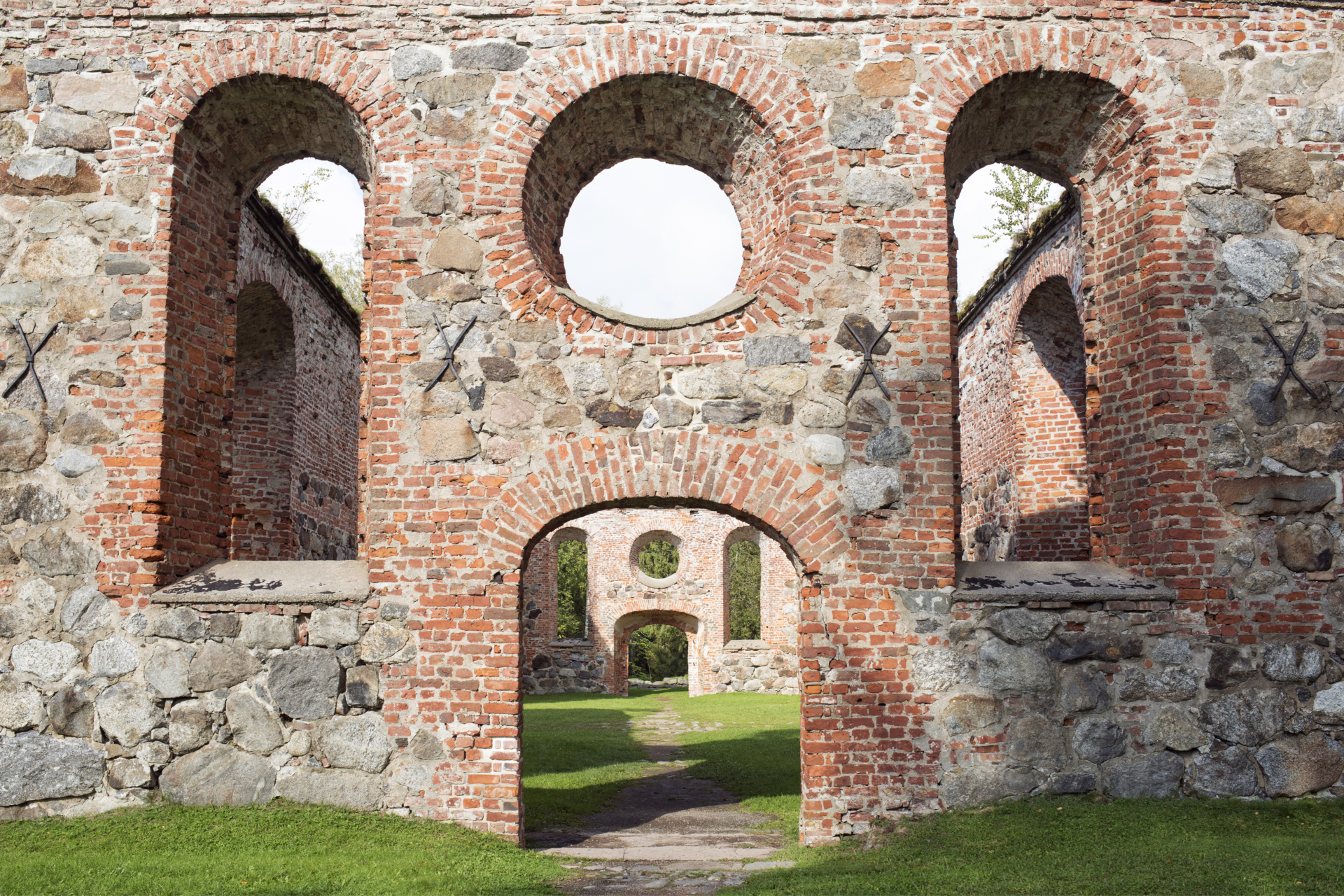Archaeological cultural heritage
Ancient remains are traces of human activity from the Stone Age to the present, and this heritage is preserved by the Antiquities Act.
Vaasa City Museums is the museum with regional responsibility for the Ostrobothnia region and is responsible for the protection of the archaeological heritage of our province in cooperation with the Finnish Heritage Agency. A significant part of the archaeological work is administrative archeology and official work regarding land use. In Ostrobothnia, the regional archaeologist participates in planning, constructions and forestry management.
The operations regarding ancient remains are subject to authorization and plans must be based on up-to-date information. In situ ancient remains and other archaeological sites can be found in the cultural environment service window (in Finnish) maintained by the Finnish Heritage Agency.
The Finnish Heritage Agency’s website provides guidelines for the protection of the archaeological heritage, and information regarding care grants (in Finnish) for ancient remains.
According to the Antiquities Act, objects over 100 years old that are discovered on land belong to the state, and the law requires the finder to report the findings to the Finnish Heritage Agency. If you find an object from the ground and you suspect it may be an antiquity, retrieve it and make a note of the exact location where the object was found. Finnish Heritage Agency offers more information on reporting a discovery and registering it.
Please read the Finnish Heritage Agency’s instructions especially if you are using a metal detector! Finnish Heritage Agency’s reporting and feedback service goes under the name of Ilppari.
